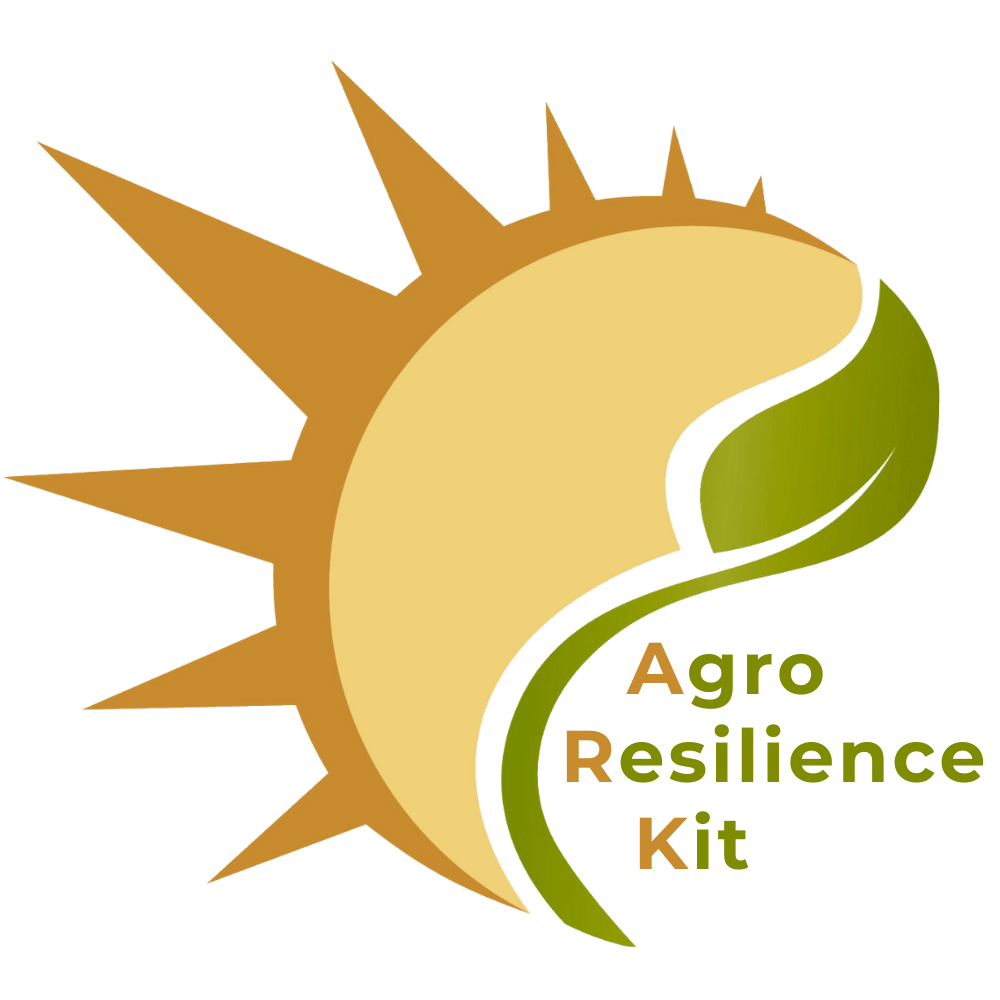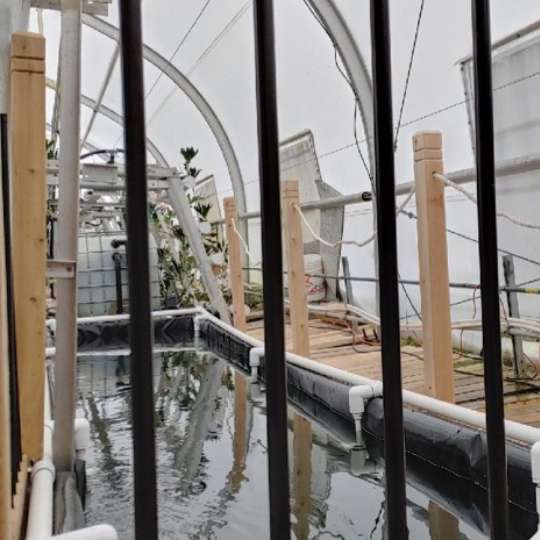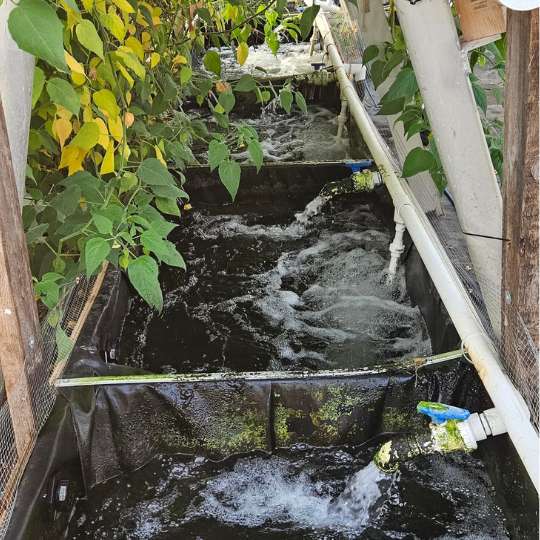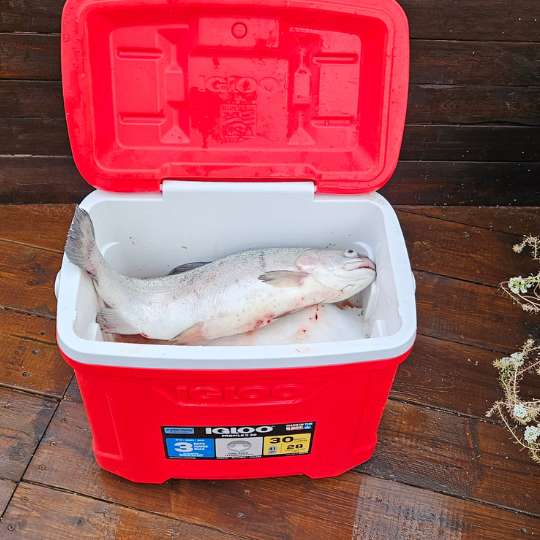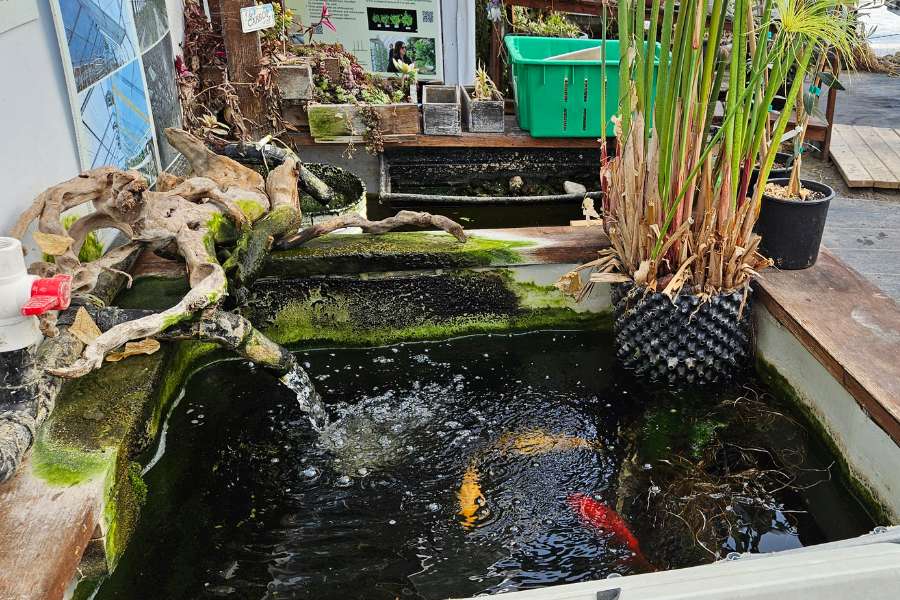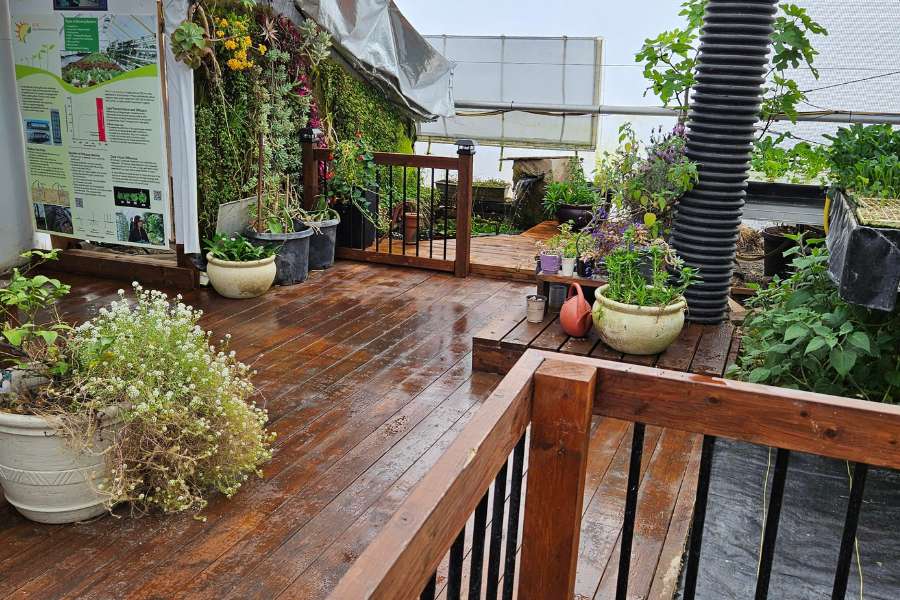Aquaponics: A Sustainable Way to Grow Fish and Plants Together
Aquaponics combines fish farming with plant cultivation, creating a closed-loop system that saves water, reduces waste, and delivers fresh, chemical-free food.
Aquaponics: Sustainable Farming Where Fish and Plants Thrive
Aquaponics is an innovative, sustainable farming method that integrates aquaculture (the farming of fish) with hydroponics (soil-less plant cultivation). This symbiotic system allows fish and plants to coexist, benefiting from each others waste and creating a closed-loop environment. Aquaponics offers a viable solution to modern agricultural challenges by reducing resource use, minimizing environmental impact, and producing both animal and plant protein more efficiently.
The Origins of Aquaponics

Similarly, the Chinese combined rice paddies with fish farming, utilizing the symbiotic relationships between aquatic organisms and crops. While these early systems were basic, they laid the foundation for the modern, more complex approach to aquaponics we see today.
What is Aquaponics?
Aquaponics is a form of hydroponic growing, where plants grow without soil, with their roots submerged in oxygenated, nutrient-rich water. Unlike hydroponics, aquaponics uses fish waste as a natural nutrient source, similar to how Mother Nature provides nutrients.
Fish produce ammonia through respiration and waste, which beneficial bacteria convert into nitrites and nitrates—essential nutrients for plant growth. In return, plants filter and purify the water before it circulates back to the fish tanks, creating a natural nitrogen cycle that mimics ecosystems found in nature.
The Benefits of Aquaponics Over Hydroponics
While both hydroponics and aquaponics offer soil-free farming, aquaponics has distinct advantages:
Cost-Effectiveness
Nutrient Recycling
Environmental Sustainability
Enhance Productivity with Aquaponics
One of the significant advantages of aquaponics is its ability to increase productivity.
A study by the Crop Diversification Centre in Alberta, Canada (Savidov, 2005) found that aquaponics yields higher productivity than hydroponics after a six-month period, when the aquaponic biofilter becomes fully established.
This productivity boost is a result of the natural processes involved in aquaponics, making it a superior choice for sustainable farming.
Fish: The Efficient Protein Source
As outlined in Just Food (McWilliams, 2009), the energy expenditure required for fish is significantly lower due to their aquatic environment, where they do not need to walk, run, or stand—activities that require energy for terrestrial animals. This efficiency translates to a higher yield of edible, protein-rich fish with fewer resources.
Aquaponics: An Intelligent Response to Global Food Challenges
Aquaponics means no waste is generated. Every input has an output, and every output serves as an input, much like natural ecosystems. This method of farming offers multiple benefits:
1. Water Conservation
Aquaponics uses 75-90% less water than conventional farming because the water is continually recirculated in the system. Water is only lost through evaporation or plant transpiration, making it ideal for arid regions or areas facing water scarcity.
2. Increased Yields
With controlled light exposure and proper system management, aquaponics systems can achieve higher yields than traditional farming. By eliminating pests, bad weather, enabling vertical growing and using automation, the system can be optimized for maximum productivity year-round with maximized micronutrients critical for health..
3. Chemical-Free Farming
Aquaponics requires no harmful pesticides or chemicals, as the presence of such substances would harm the fish. This results in cleaner, safer food production, with no chemical runoff polluting surrounding ecosystems.
4. Versatility
Aquaponics systems can be set up almost anywhere—from parking lots to rooftops. They are scalable and adaptable to various environments, making them accessible for both urban and rural areas.
Aquaponics Facts
Closed-Loop Farming
75-90% Less Water
Higher Crop Yields
Chemical-Free Growth
Versatile Locations
Efficient Protein Output
A Path to Food Security and the Future of Aquaponics
As global food demand rises, aquaponics offers a sustainable solution by enhancing local food systems and minimizing environmental harm. Establishing smaller, decentralized systems boosts food security and reduces food miles.
This is especially important in urban environments with limited space and high demand for fresh, local produce. As advancements make aquaponics more accessible, it becomes a critical tool for sustainable agriculture and climate-resilient farming, addressing water scarcity and food insecurity.
Explore Aquaponics in Alberta with ARK Ltd.
At ARK, we believe in aquaponics’ transformative power to revolutionize sustainable food production. Our experts provide tailored systems for farmers, entrepreneurs, and community leaders, ensuring efficient, chemical-free cultivation.
Whether you’re starting a small-scale system or scaling up commercially, we have the tools and expertise you need.
Ready to grow sustainably?
Contact us today to discover how aquaponics can meet your needs and boost your productivity. Contact UsBook A TourAGRO RESILIENCE KIT
Based in Alberta, Agro Resilience Kit (ARK) specializes in sustainable agriculture, providing controlled environment buildings, resilient greenhouses, and water conservation solutions. We support local communities and enhance food security with innovative, climate-adaptive farming systems.
